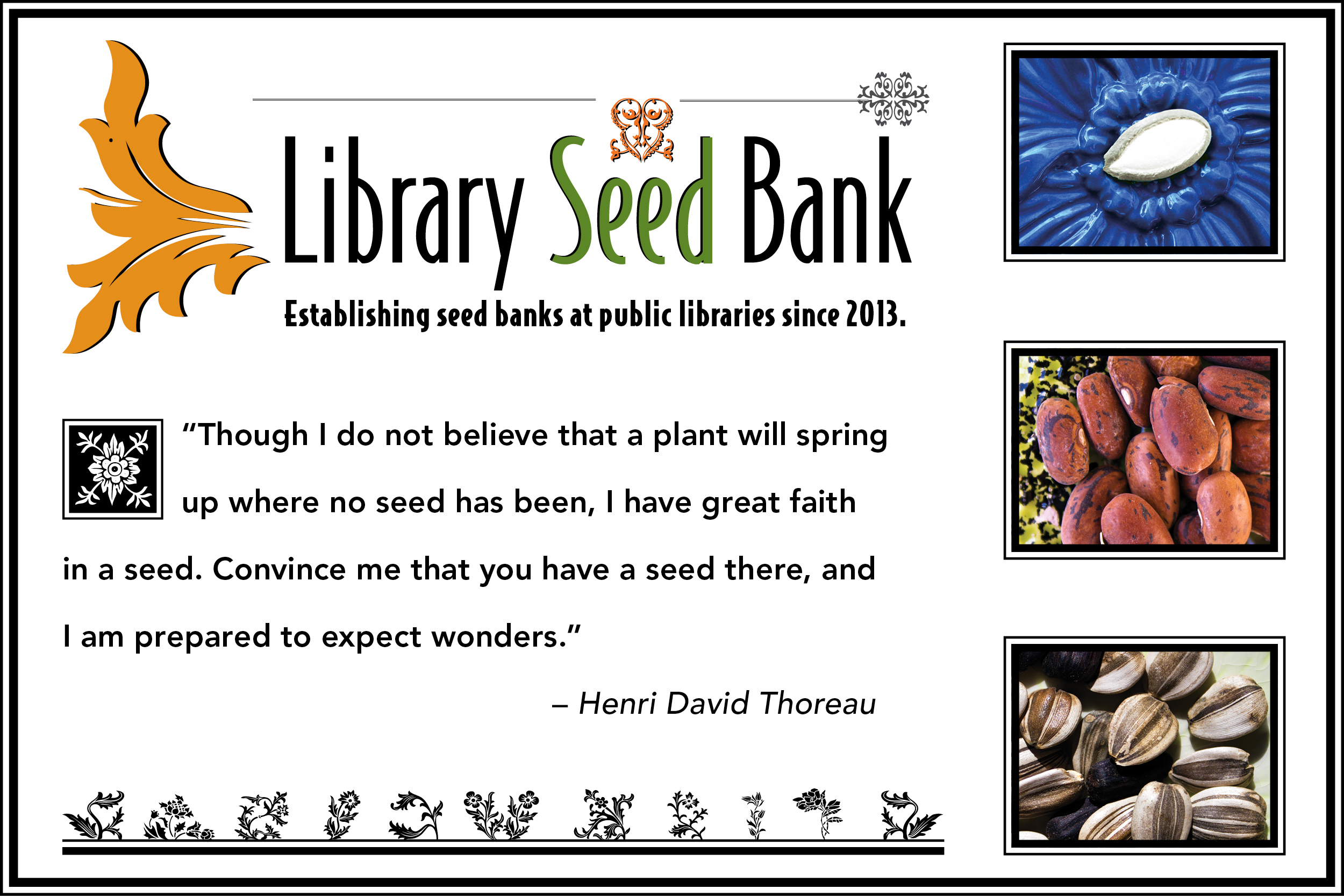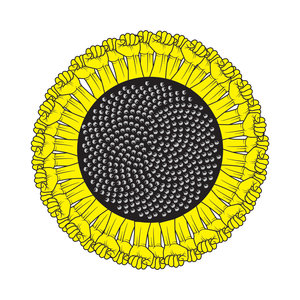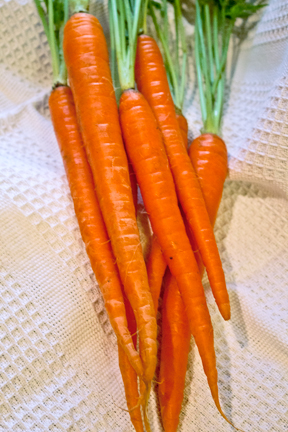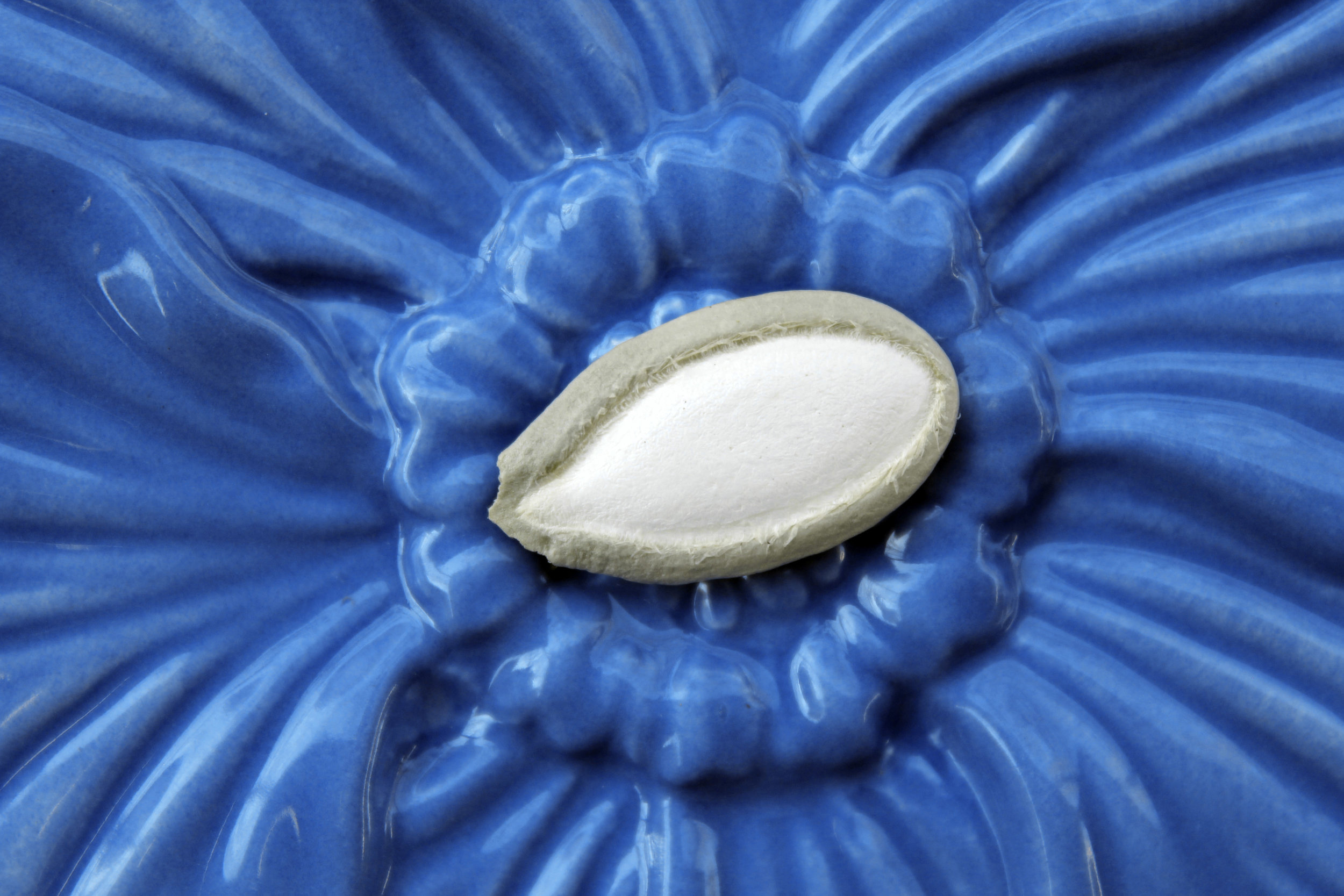Another plot twist, another piece of magic. I had a hunch to look up the word heirloom. I'm kind of a geek about words. I have the same dictionary on my shelf that I've had my whole life. I don't remember my life without it. It was published in 1965 when I was 5 years old. I've read through most of this dictionary in the course of our life together. It has served me well, and will continue to do so. So I went to my old friend and found that there were only two meanings given for the word heirloom, neither of which included plants. I went online where I found the current definition that does includes plants. I set off to find out when the meaning was changed to include plants, at least in the Merriam Webster's dictionaries.
I started an etymology search, and found that in 1949 heirloom plant came into lexicon of America. The hunch morphed into intrigue, and curiosity took over. I googled Levittown, and found this, from the Levittown Historical Society:
Then, in 1949, Levitt and Sons discontinued building rental houses and turned their attention to building larger, more modern houses, which they called "ranches" and which they would offer for sale at $7,990. All a prospective buyer needed was a $90 deposit and payments of $58 per month. The Levitt ranch measured 32' by 25' and came in five different models, differing only by exterior color, roof line, and the placement of windows. Like previous Levitt homes, the ranch was built on a concrete slab with radiant heating coils. It had no garage, and came with an expandable attic. The kitchen was outfitted with a General Electric stove and refrigerator, stainless steel sink and cabinets, the latest Bendix washer, and a York oil burner. Immediately, the demand for the new Levitt ranches was so overwhelming that even the procedure for purchasing them had to be modified to incorporate "assembly line" methods. Once these techniques were put into action, a buyer could choose a house and sign a contract for it within three minutes.
Two seemingly random events in the same year and I knew a good story was unfolding in front me. As I have written before, when you frame you life in the context of the stories you loved as a child, you can see how narrative develops. And this project demonstrates that.
Enter the next hunch, shopping malls. The first commerical shopping mall was opened in 1950:
On April 21, 1950, the Northgate Shopping Mall opens at NE Northgate Way at 5th Avenue NE in Seattle. Planned by developers Rex Allison and Ben B. Ehrlichman (1895-1971) and designed by John Graham Jr. (1908-1991), it is the country's first regional shopping center to be defined as a "mall" (although there were at least three predecessor shopping centers). The stores face "a wide shopping walkway, probably to be known as the Mall or Plaza, in which no vehicles will be permitted" (The Seattle Times). The parking lot is quickly found to be insufficient for the number of shoppers attracted by the Bon Marché and 17 other specialty stores.
Continuing on this fork in the road, remember I started out to find when the meaning of the word heirloom changed to include plants in Merriam Webster's dictionaries, I next went to processed foods. Processed foods have been around for a very long time, and I focused on commercially processed foods. I found that the first TV Dinner was developed in 1953. Next, I had to see when the first coast-to coast-televsion broadcast. That was 1951.
In four years time, the phrase heirloom plant started to be used in America. The suburban planned development was being launched, regional shopping malls were coming into vogue, television became a coast-to-coast delivery vehicle for information, and complete, frozen meals were now commercially available from commercial food processing companies.
The suburban, big-box retail business model was being seeded by the direction of society. Meanwhile, the tradition and lifestyle of the seed collector as source of sustaining the food supply was being marginalized. Society was moving away from the local, and into regional, and national mindsets. The dynamics of food was changing with the growth of commercially processed foods. Television allowed visual advertisement of perfection and connivence in way that never could be with print and radio spots.
Society changed, and the value of a diverse seed collection seems to have gotten lost in the process. Things are changing though:
Sales shot up 100 percent in 2008 at Baker Creek Heirloom Seeds, a Missouri-based garden company that stocks 1,200 vegetable varieties, and the last two years have brought 20 percent annual growth, said the company’s owner, Jere Gettle.
And that's a good thing. Now that the current defintion of heirloom includes a third meaning relating to plants:
Definition of HEIRLOOM 1: a piece of property that descends to the heir as an inseparable part of an inheritance of real property
2: something of special value handed on from one generation to another
3: a horticultural variety that has survived for several generations usually due to the efforts of private individuals
I hope with this project to connect people with the value of seeds and plants. They represent the people who collect them, and plant them, as much as any other piece of property.
Words have meanings for a reason. As society changes, so does it language. It's interesting to see how far ahead of the curve the language was in 1949 when heirloom plant came into being. We can see now the massive shift that happened in society. And with that shift, the definition of heirloom now includes plants. This was not the case in 1965 as my faithful friend, my dictionary, can attest to. The value in the third meaning of the word heirloom, which is a bout plants, needs to be elevated in society. It's that concept that I hope to accomplish.
 I also have a blog set up for the Library Seed Bank. I will be cross posting between the two blogs as about the progress. The indiegogo option I chose was to accept funding even if I don't reach my goal. Unlike Kickstarter, where you have to reach your goal to get the funds, indiegogo allows you to accept all donations if you choose.
My first priority is to set up a nonprofit so I can get grant, and accept donations. Everything else after that is icing on the cake. My first seed bank goes in at the McCowan Memorial Library in Pitman, NJ. I have a couple other leads that I'm following up on, so I will let you know if they happen.
I also have a blog set up for the Library Seed Bank. I will be cross posting between the two blogs as about the progress. The indiegogo option I chose was to accept funding even if I don't reach my goal. Unlike Kickstarter, where you have to reach your goal to get the funds, indiegogo allows you to accept all donations if you choose.
My first priority is to set up a nonprofit so I can get grant, and accept donations. Everything else after that is icing on the cake. My first seed bank goes in at the McCowan Memorial Library in Pitman, NJ. I have a couple other leads that I'm following up on, so I will let you know if they happen.

